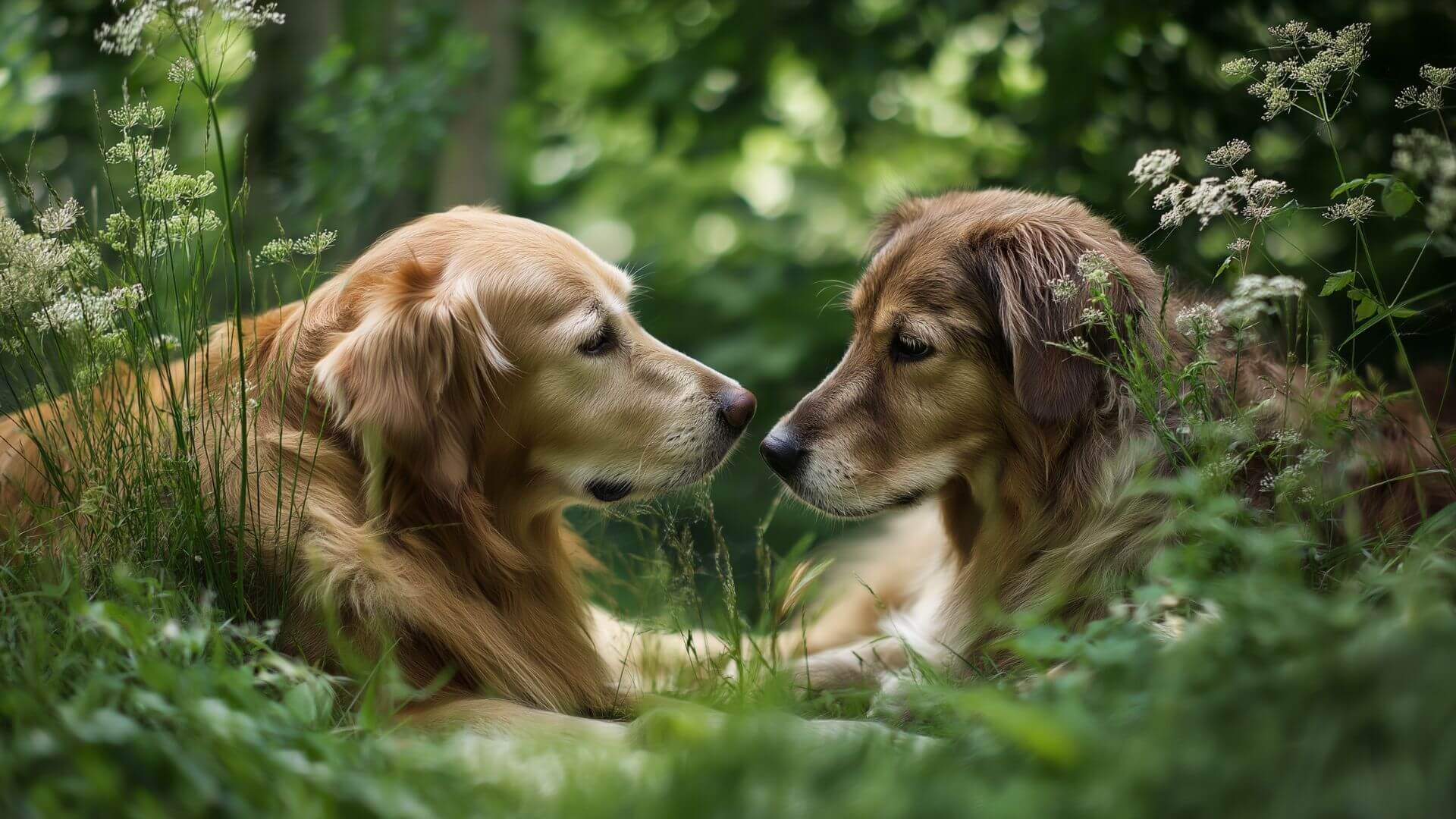
Your Complete PetConnection Platform
Find breeding partners, adopt pets, or discover your next furry family member




Find your perfect canine companion
Find Breeding Mates
Connect with verified pet owners for responsible breeding partnerships
Buy or Sell
Safe marketplace for buying and selling pets from trusted sources
Adopt or Rehome
Give pets a second chance by adopting or finding them loving homes
What isPetmeetly?
A revolutionary marketplace platform connecting pet families worldwide. No middlemen, no hidden fees — just direct, verified connections for breeding, sales, and adoptions.
Find Love
Connect with verified breeders for responsible partnerships
Find Family
Discover your perfect companion from trusted sellers
Find Hope
Give pets a second chance at happiness
Find Friends
Build lasting friendships for you and your pet
Start Your Journey in 4 Simple Steps
From signup to success — we've made it incredibly easy
Sign Up
Create your free account in seconds
Explore
Browse verified profiles with filters
Connect
Message directly, no middlemen
Success
Complete your perfect match
Sign Up
Create your free account in seconds
Explore
Browse verified profiles with filters
Connect
Message directly, no middlemen
Success
Complete your perfect match
Why Choose Petmeetly
Join thousands of pet families who trust us for genuine connections
Largest Network
Connect with over 500,000 verified pet owners worldwide. Find the perfect match in your area or globally.
Verified Profiles
Every member goes through our verification process. Connect with confidence knowing profiles are authentic.
Direct Connections
Message and connect directly with other pet owners. No barriers, no delays — just instant communication.
No Middlemen
Deal directly with pet owners and breeders. No agents, no intermediaries — just genuine connections.
Customer Support
Get help when you need it. Our dedicated support team is here to assist you every step of your journey.
Zero Commission
Keep 100% of your transactions. Our affordable membership gives you maximum exposure and premium features to connect with more pet families.
Success Stories from Pet Families
Real experiences from our community members who found their perfect match
Twice now, Petmeetly has helped me find the perfect mates for him. He’s a happy pup ❤️ and his adorable puppies are proof of how amazing this platform is. Thank you, Petmeetly, for making this possible!
Benji
Alberta, CA
Everything went smoothly. Unfortunately, he lived too far away and had no means of transportation.
Leyna Tomlinson
Florida, US
Everything is great! I am going to contact one person who is interested in having puppies with our dog. Thank you so much!
Deborah Anderson
Montana, US
Ready to Find Your PerfectPet Connection?
Join 500,000+ pet families already connecting on Petmeetly.Your perfect match is just a click away.

